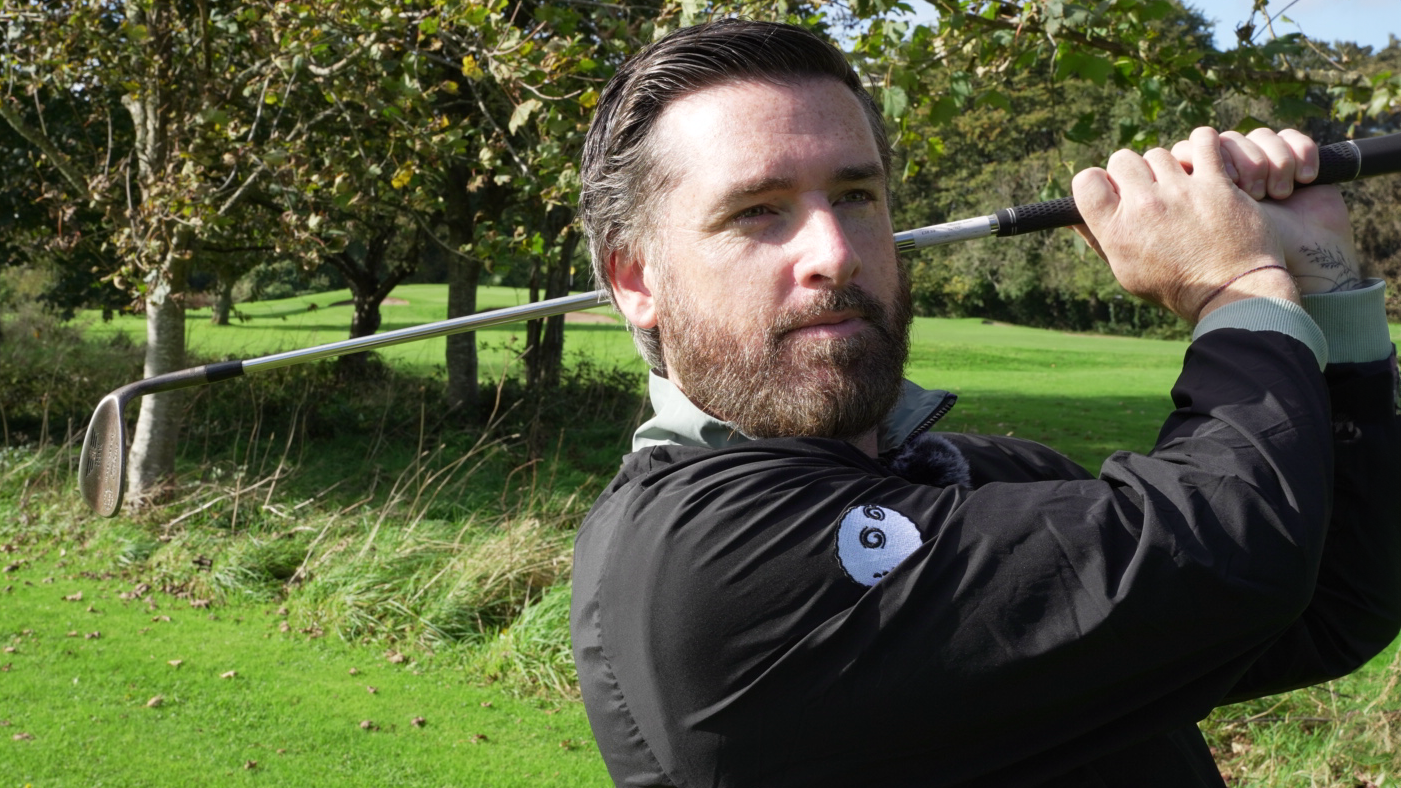
In this latest Retro Review, I heading back to the origins of a short-game dynasty. Some marriages just make sense in golf, Faldo and Sunesson, Phil and Bones, and one that has stood the test of time above all others is Bob Vokey and Titleist. I picked up one of the earliest available Vokey models, the 200 raw series, for the bargain price of £38.99 from golfclubs4cash and put it up against its modern-day equivalent in the Vokey SM10, which has an RRP of £169. With the best part of a quarter of a century between them, I was expecting some significant performance differences.
WATCH: Joe Ferguson compares the original Vokey 200 series against the recent SM10 in a variety of situations
What was the tech?
The Vokey 200 series wedges were cast from soft 8620 carbon steel for the ultimate in feel. They featured U grooves for optimal spin and a distinctive hosel knurling as a nod to a bygone era offering a very classic appearance. The investment casting process that Titleist and Vokey used was designed to ensure a precise profile and sole shapes. This particular model was left with the raw untreated finish, allowing the head to rust over time which was generally the tour preferred finish.

How did it perform?
With nearly 25 years between the manufacturing of these two wedges, I was expecting to see a huge gulf in performance, and to quantify that performance, I headed out the the practice ground and chipping green with my FullSwing KIT launch monitor to start gathering some data. For context and equality, both of the wedges I tested had 56 degrees of loft and 14 degrees of bounce, and both fitted with S Flex shafts.
Truth be told, I wasn’t sure what to expect from a spin point of view, as while you would imagine with 20+ years of usage the spin output may have significantly diminished, the now banned U grooves left me wondering whether it may have retained more spin than expected. In truth, there was a difference in spin, with the new SM10 producing a little more, but with only 300 rpm between them on full shots, I was somewhat surprised. The lower-spinning 200 series also produced a higher launch angle at 38° versus the 35.5° from the SM10 resulting in a slightly higher peak height and a steeper descent angle.

When I headed to the chipping green, I basically saw a shrunken-down version of what I had witnessed in the full shots, with the ball seeming to stay on the face of the SM10 a little longer and producing lower, grippier pitch shots. The 200 series didn’t lack stopping power either but seemed to produce it in a different way with a higher flight allowing it to settle quickly more through trajectory than spin. Both wedges felt excellent off the face with a real depth of strike apparent and exceptional feedback across the faces.

Conclusion
The key thing I look for when testing older wedges is spin decay, how much grip have the grooves lost over time, and to be honest only being 300 rpm behind a brand new 2024 SM10 is an impressive feat from a wedge nearly celebrating its 25th birthday, albeit with grooves that are now likely non conforming. Aside from that performance parameter, I could certainly make a case that I enjoyed the older wedge more with its beautifully rounded leading edge and simple aesthetic in the bag and with the significantly different price tag, if you aren’t looking to compete in professional or elite amateur events that may enforce the groove change rule, then there is some excellent performance up for grabs for a fraction of 2024 prices.







